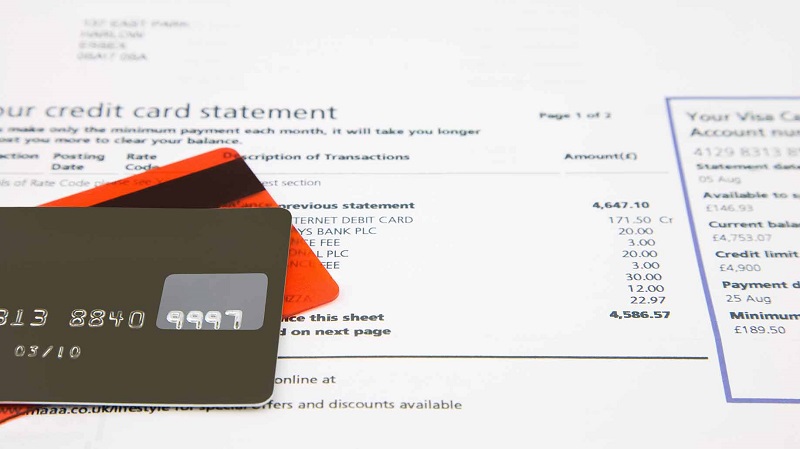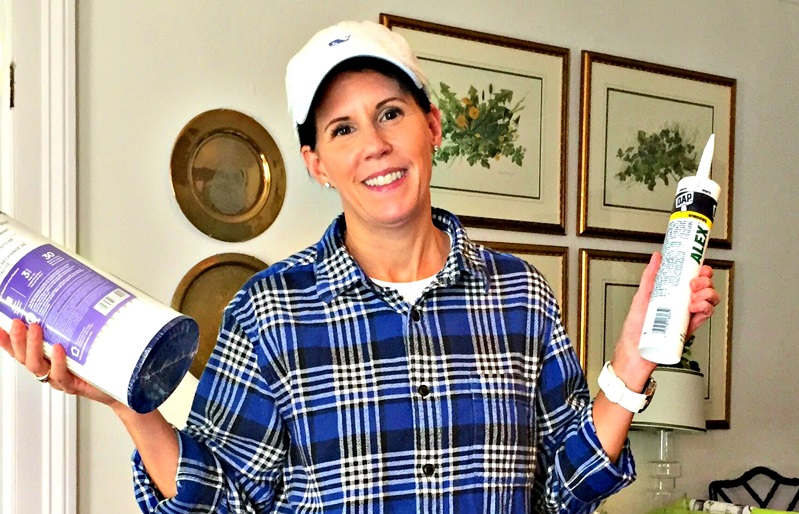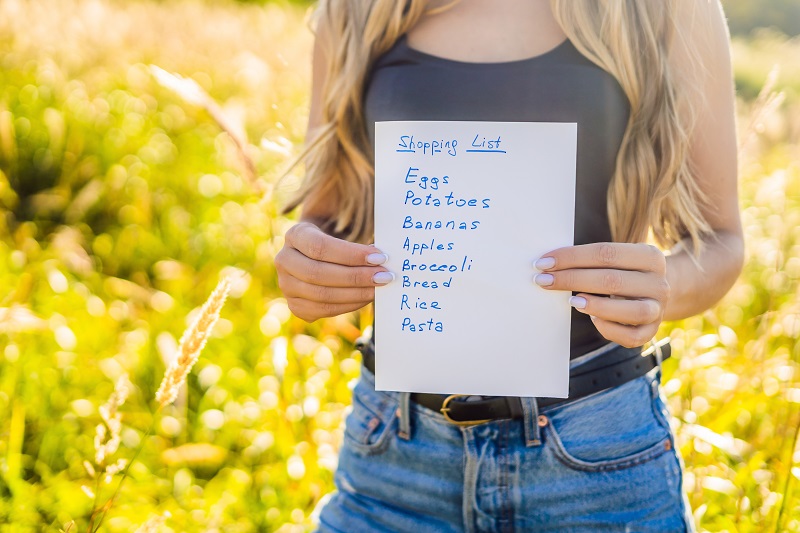Life Hacks to Save Money
The following 12 money saving life hacks will help you keep more money in your pocket so you can enjoy the true pleasures of life.
1. Buy generic
Did you know that many name brand household products carry the same ingredients as generic brands? You can save hundreds of dollars by simply buying the generic store brand instead of the well-known brand.
2. Switch to a Cash-Only Budget

Switch to paying cash for your daily expenses. Most of us don’t stop to think about the money we’re spending when we swipe a card, which can easily cause us to spend more than we mean to.
Using cash keeps you aware of the money you are spending and also acts as a buffer to overspending because you cannot spend money you do not have.
TIP: Once you’ve withdrawn your cash for the week, leave the cards at home when you go shopping.
3. Don’t Shop at Convenience Stores

There can be huge price differences depending on where you shop. If something is convenient, it tends to cost more. For example, a single cup of coffee can cost $4, but you can get an entire bag of coffee for $8. The same goes with eating out. Buying groceries and cooking at home is much cheaper than eating out.
4. Cut Your Utility Bills

Many people assume that there is not much you can do to change your utility bills. But there are money-saving strategies you can use to lower the price of your utilities. Start by installing low-flow shower heads and faucets. You can also set your thermostat a bit lower in the winter and a bit higher in the summer. Take the time to seal the cracks around your windows and doors. And most importantly, do your homework. See who’s offering the best deals at the moment and switch. Make this an annual task so you’re always getting the sharpest deal.
TIP: Don’t be afraid to ask your current service provider for a better deal.
5. Stop Paying Interest

One of the best things you can do if you want to reach your financial goals is to stop wasting money on interest. If you have credit card debt, come up with a debt payoff plan. Then try to reduce the amount that you pay in interest. Call your credit card company to see if they can offer you a lower interest rate. You can also transfer the balances to an interest- free credit card to help you save while you are paying off your debt. Your statement will show you how much of your monthly payment is going to interest each month. If you only pay the minimum balance, most of your payment each month will go toward interest.
6. Prep Your Meals Once a Week

Many people end up eating out or ordering takeout because they are too tired to plan and cook a meal at the end of the day. One strategy to deal with this is to prep your meals for the week on one day – even just for Mon-Thurs will make a difference. This can either mean cooking in bulk and freezing some meals so all you have to do is heat them up when you get home, or, simply knowing exactly what you’re having and making sure you have the exact ingredients ready to go.
TIP: There are plenty of free meal plans available online to suit all household types. A slow cooker can also make it easier to cook a homemade meal without much fuss and stress.
7. DIY Repairs and Maintenance

Another way to save money is to take care of car or home maintenance and repairs yourself.
The internet makes it easy to find videos that will take you through the process of changing your oil or repairing your dryer, and you can save money by ordering the part and doing it yourself. If it intimidates you, then ask someone who knows how to do it walk you through it the first time.
You may be surprised at how easy it is and the savings can add up quickly. For example, you can save hundreds of dollars a year just by fixing taps or doing oil changes yourself.
8. Lower the brightness on the TV and computer screen

Not only will this help your eye health, but by lowering the brightness of your TV and/or computer monitors from the default setting you can reduce your power consumption by up to 40%. The default brightness is the setting that is made to make the TV or computer look good and bright in stores (with all that florescent overhead lighting!).
9. Make a grocery list before you go to the supermarket

If you simply take the first step of looking around your home and thinking about what you actually need at the store and make a list, you’re going to end up spending a lot less time in the store and spending a lot less money, too. Why? You’ll have a list to focus on in the store rather than drifting from aisle to aisle tossing things in your cart. For even more bonus points, make up a simple meal plan for the next several days and make sure you have all of the stuff you need for those meals to ensure you can easily (and cheaply) eat at home for a while.
TIP: Keep an eye out for supermarket flyers for ideas on discounted stuff to add to your list.
10. Buy non-perishable items in bulk

Do you blow through deodorant sticks in weeks? Buy a three pack and save about 20%. Do you use tons of dishwashing detergent? Buy the jumbo pack and save 20%. Are you getting the theme here? If there’s something you use often that doesn’t ‘go off’, buy it in the largest multi-pack that you can get at the store (assuming, of course, that it has the lowest price per unit or weight). Bulk buying is all about stocking up on items because the price is really low.
TIP: If one of those items goes on sale… stock up, big time.
11. Ensure your ceiling fan is working in an optimal fashion for the season

This is such a simple little trick that can save you a surprising amount on your energy bills. During the summer, your ceiling fans are more efficient if they’re running clockwise, so that the blades are pushing down air in the centre of the room and giving a ‘breeze’ effect which cools the skin. During the winter, the reverse is true – you want to pull up air in the middle of the room and push the warm air on the ceiling over to the walls and downward without creating a breeze.
TIP: Stand under your ceiling fan and see if the air is blowing down on you. If it is, flip the little directional switch on your ceiling fan; if it isn’t, leave it alone. Do the reverse in the spring.
12. Drip feed your savings account

Automatically transfer $20 or $50 or $100 into your savings account each payday or each time you have a deposit over a certain amount. Then, forget about it. This is how you build an emergency fund to handle unexpected problems without panic and without going into debt. It’ll be there for you when you need to pay for an unexpected car repair or travel across the country for three days to be with a relative or you suddenly lose your job and need to make the rent.
For more interesting tips, articles and expert know-how from the Auckland Home Show subscribe here!

